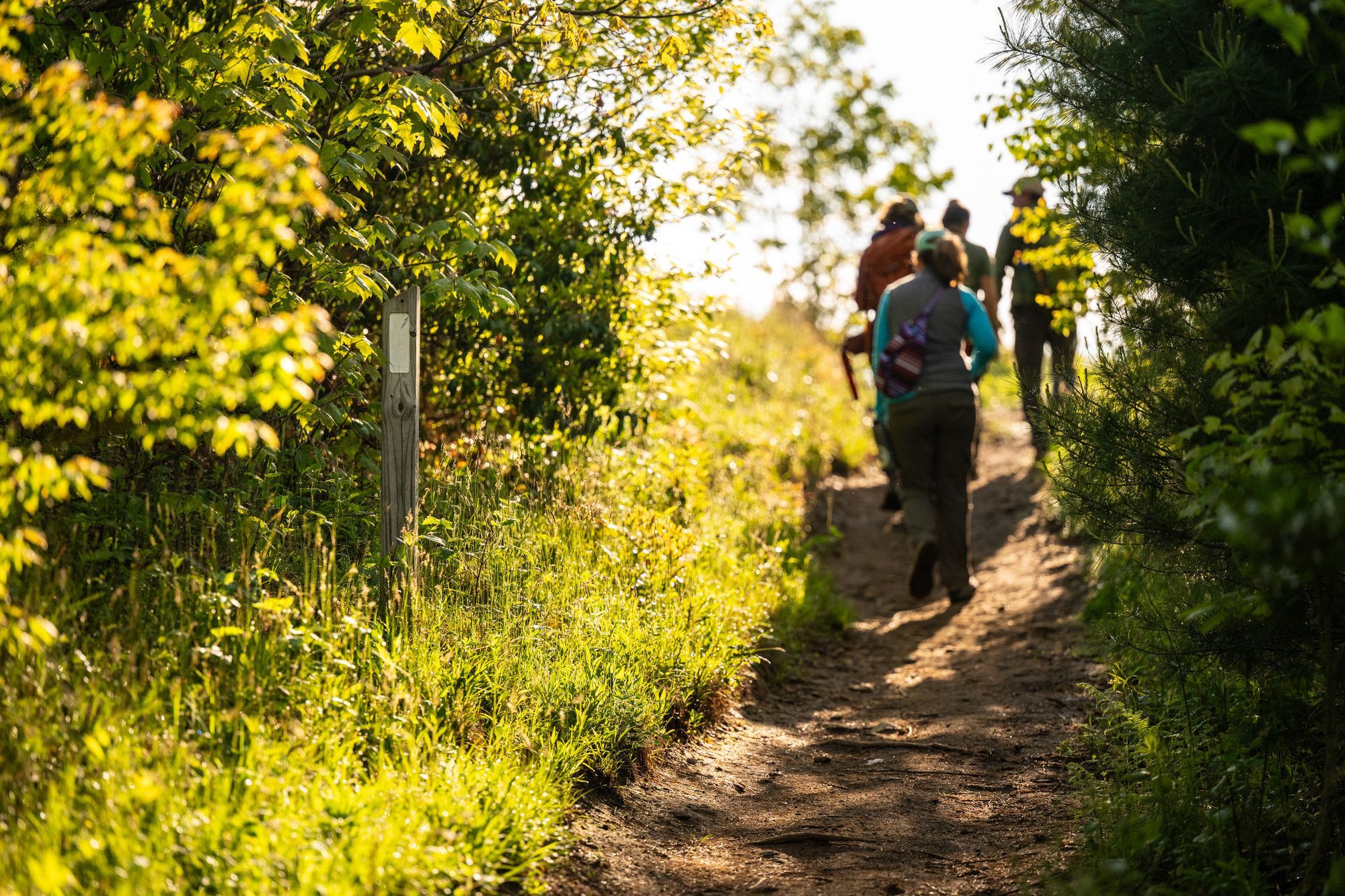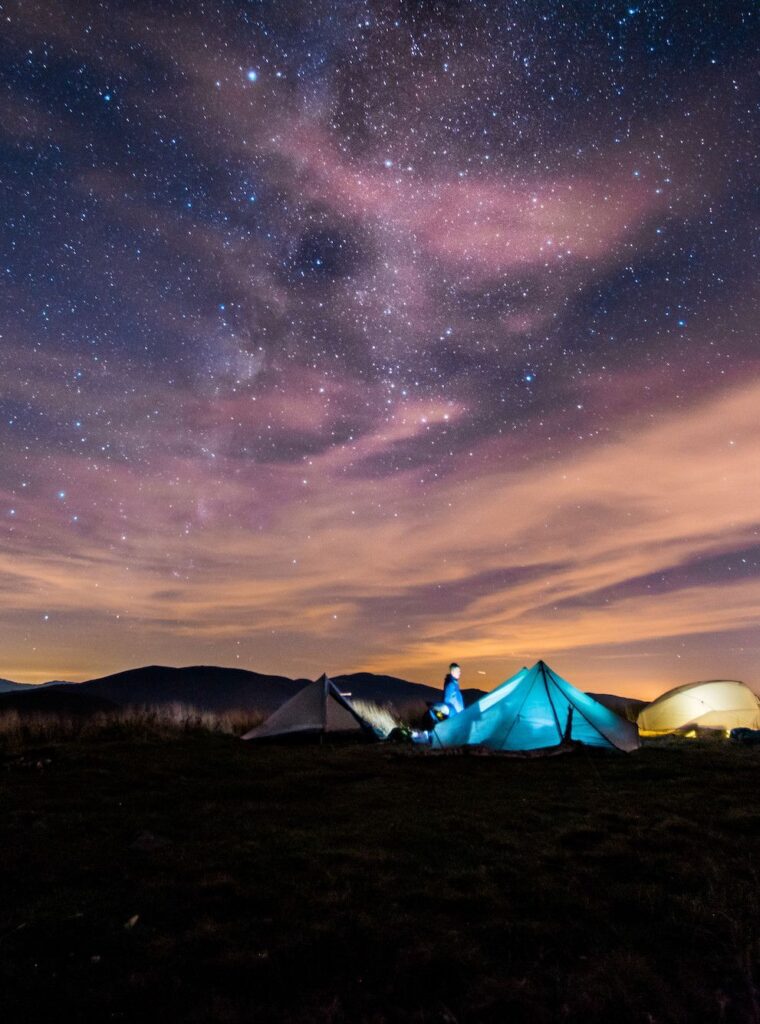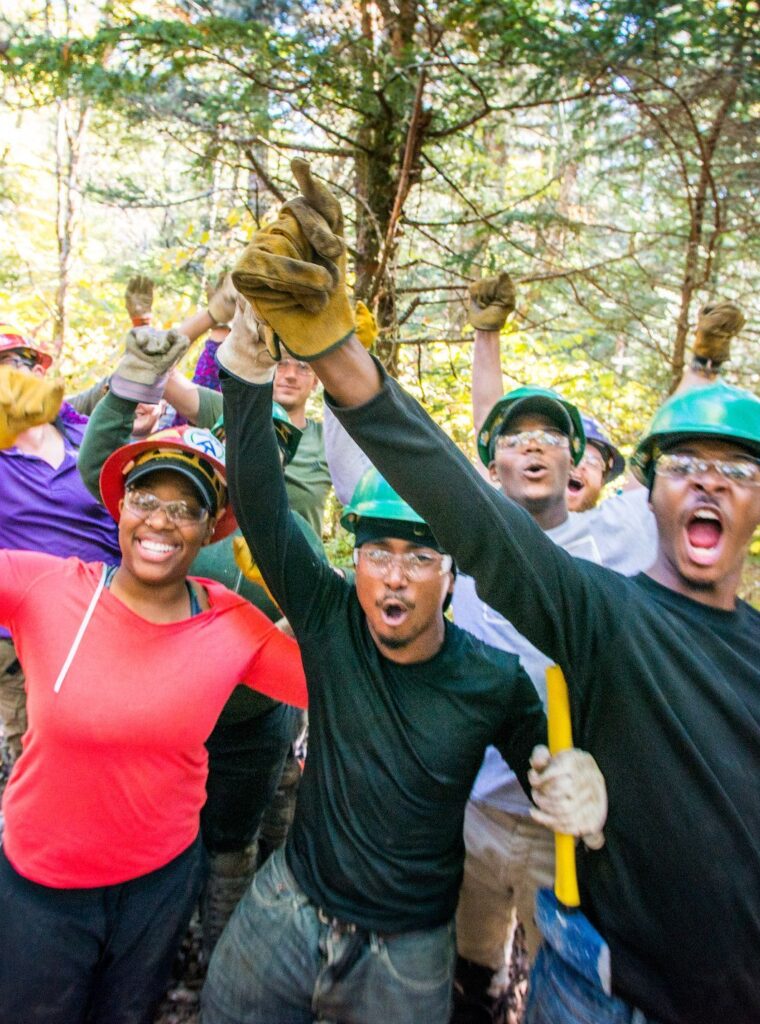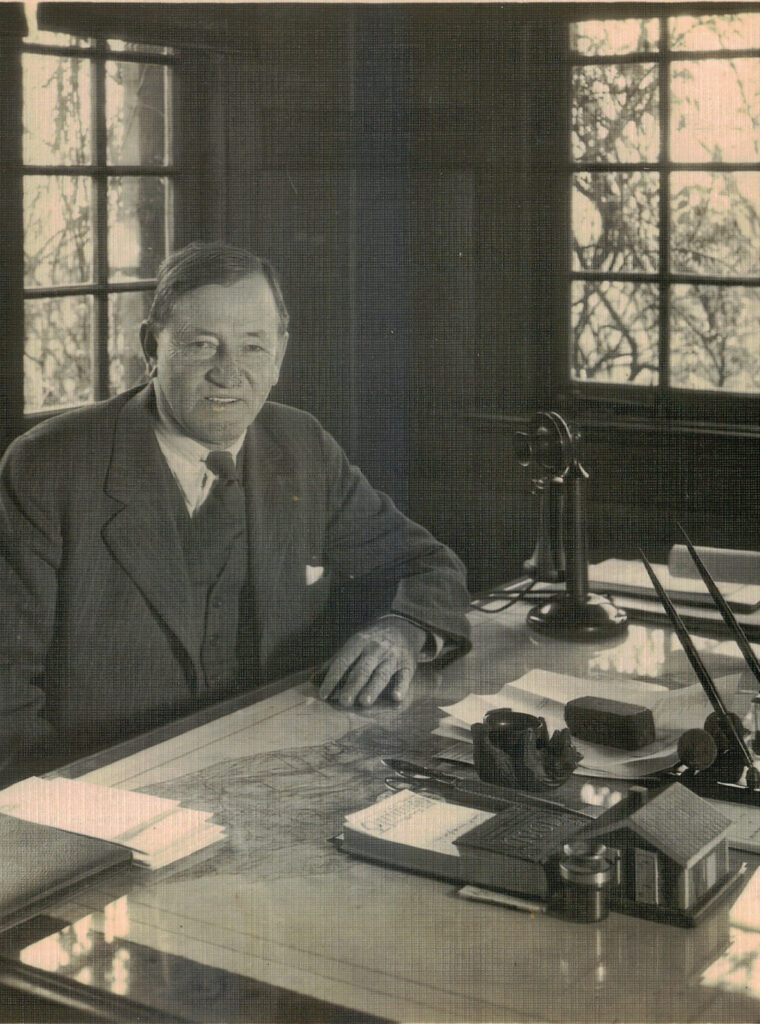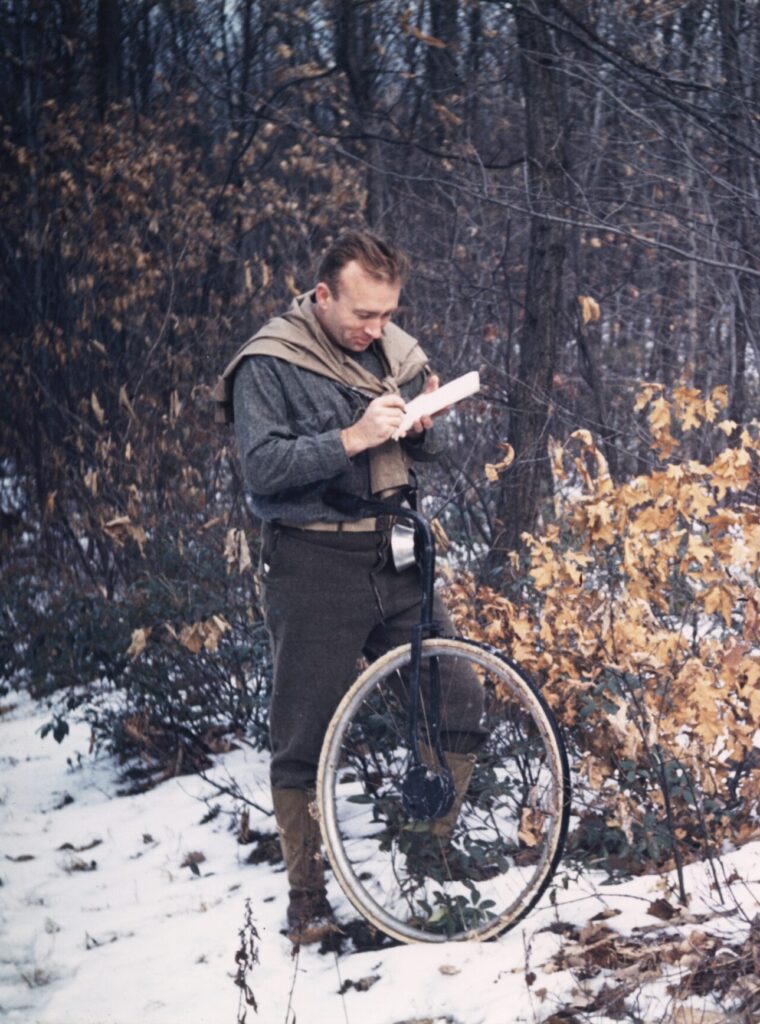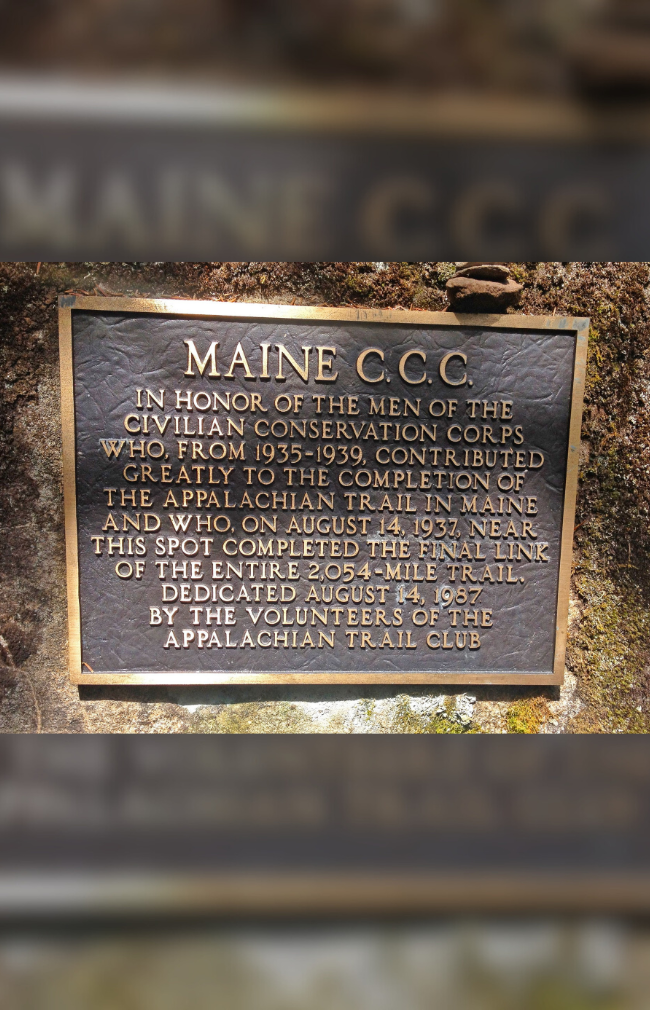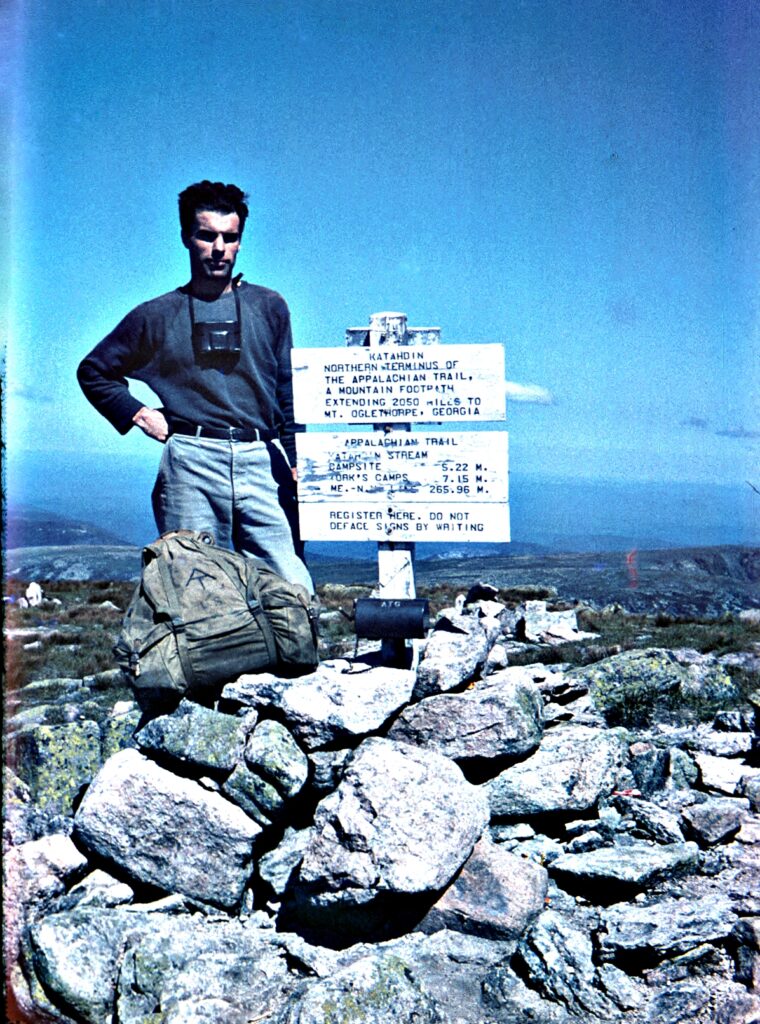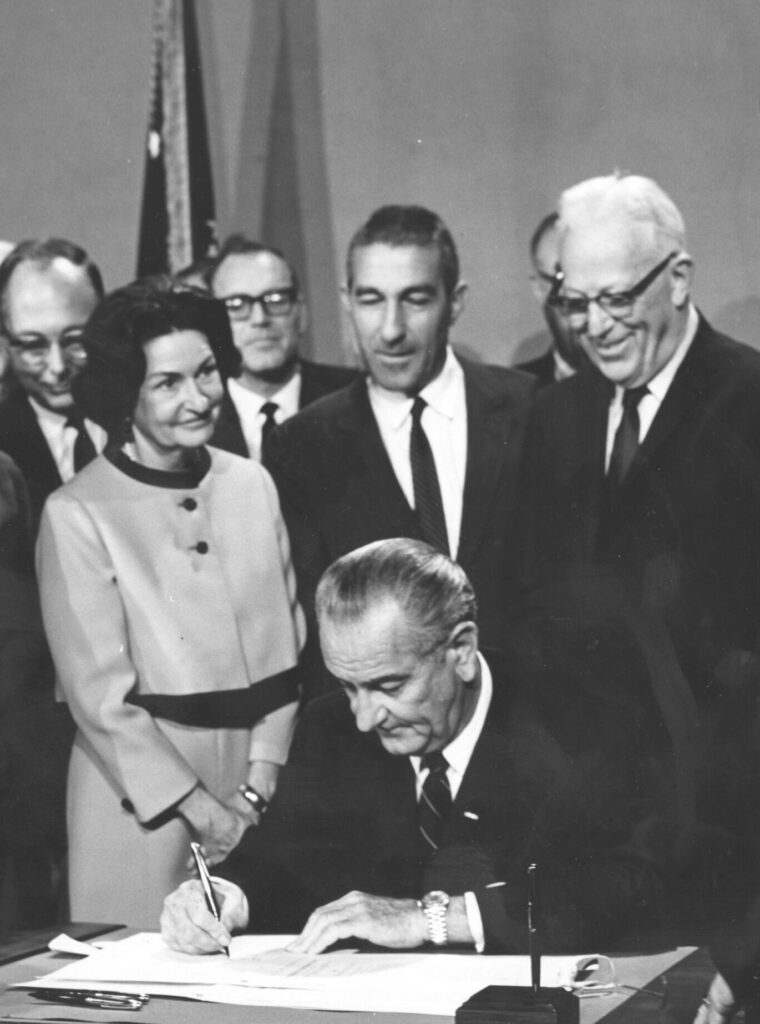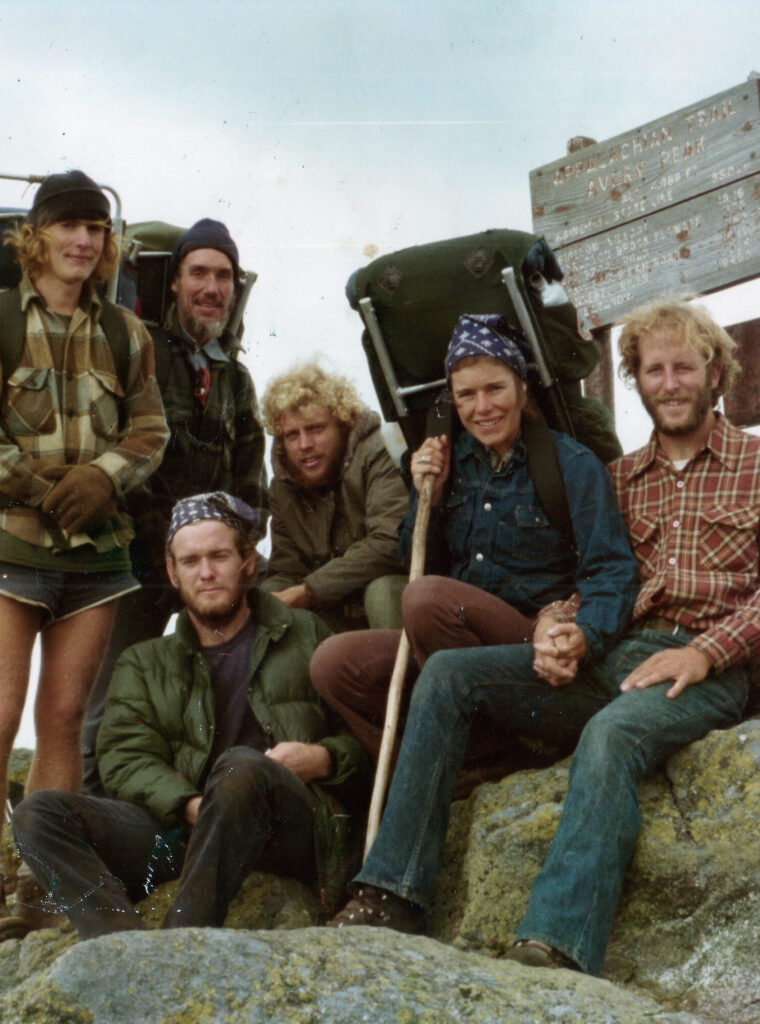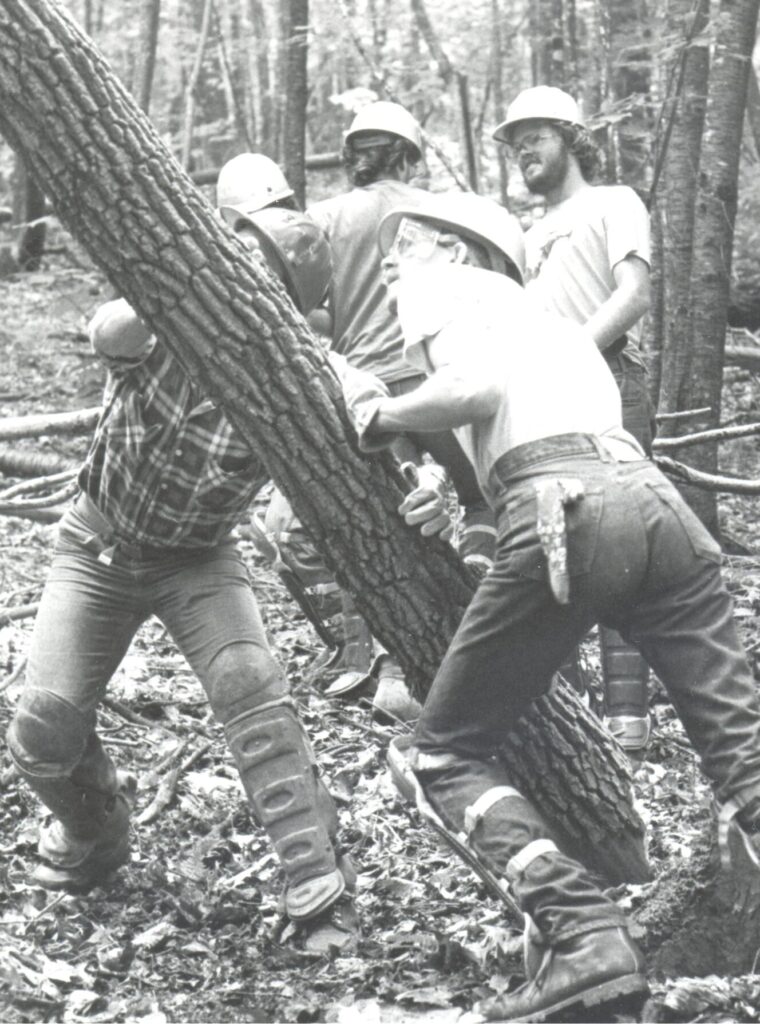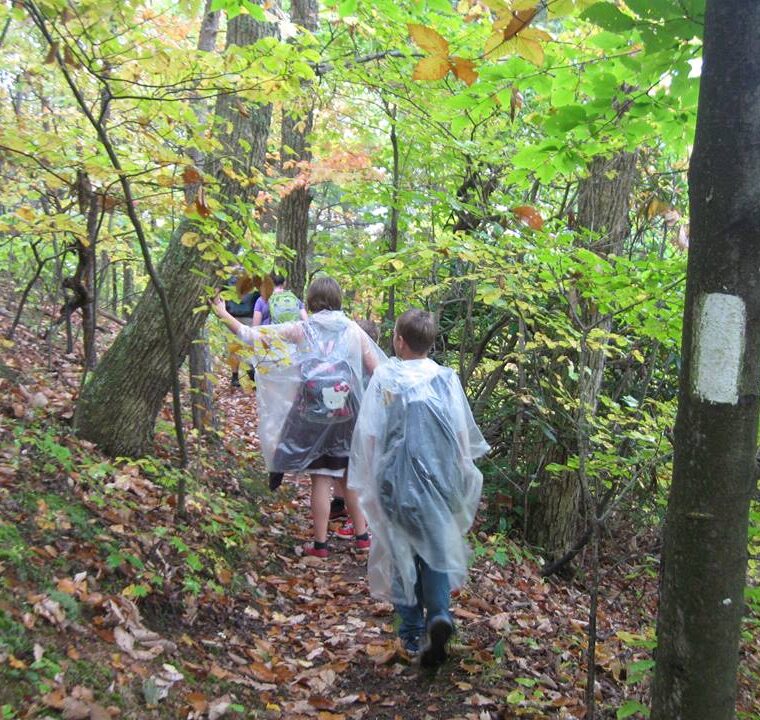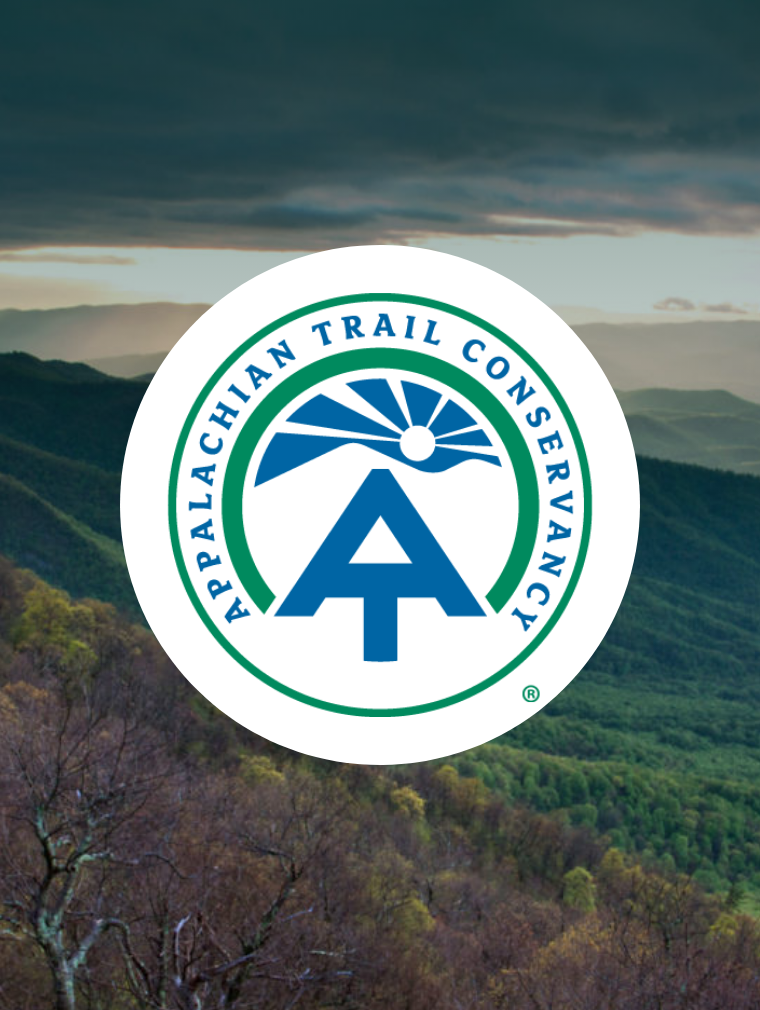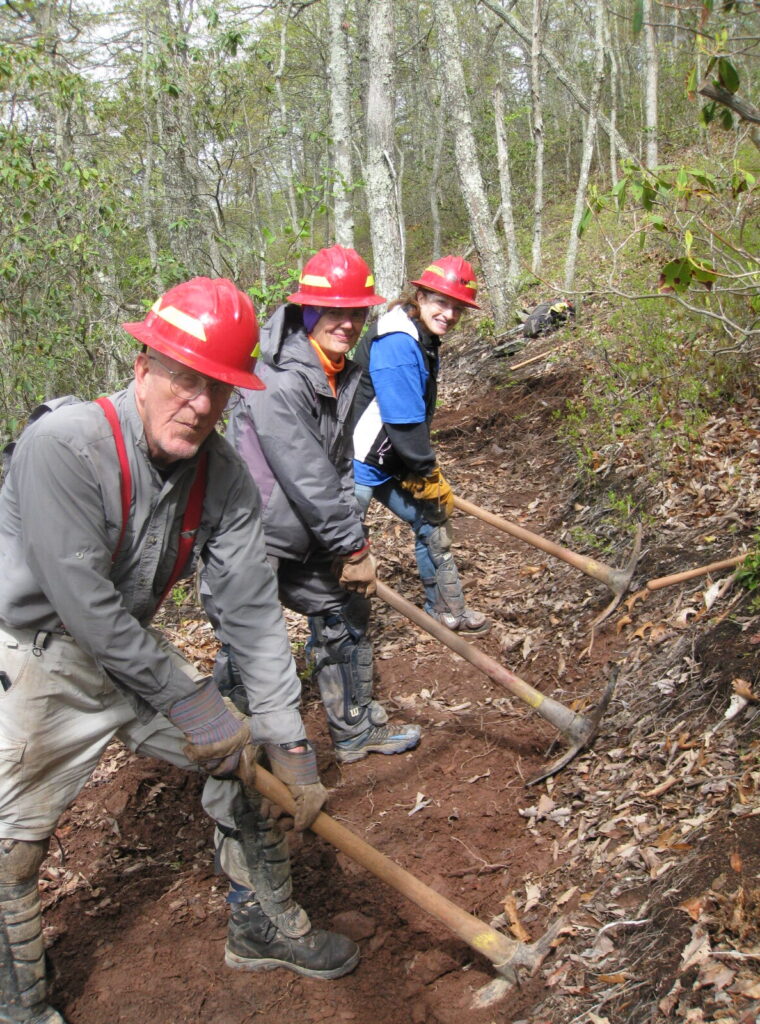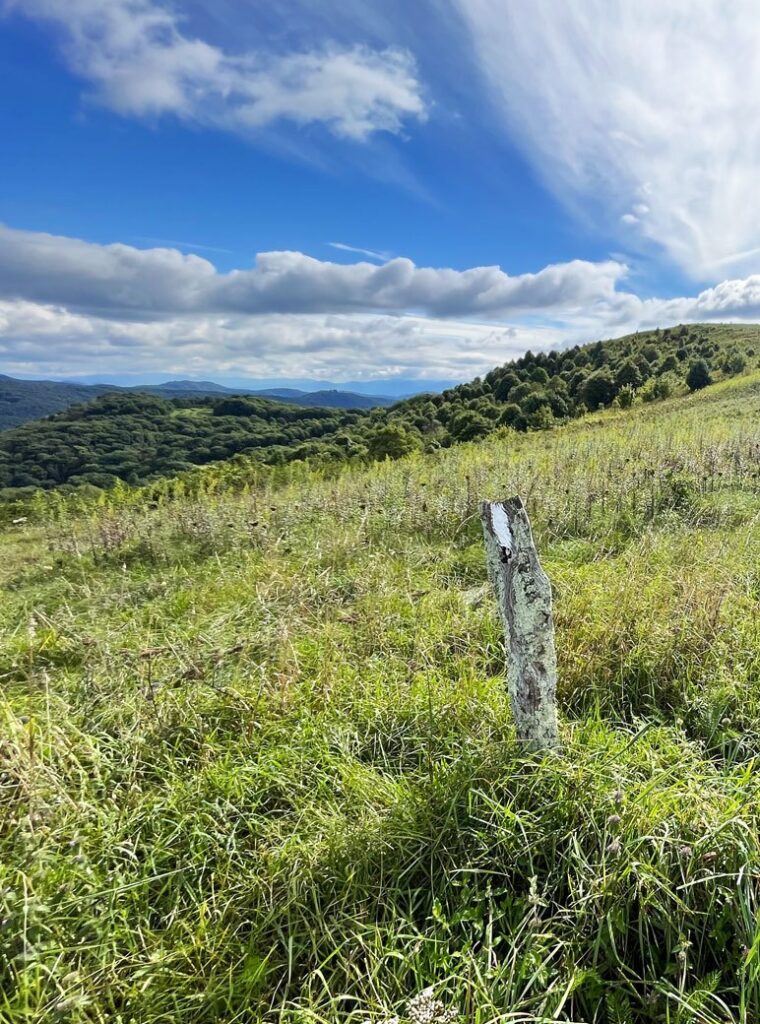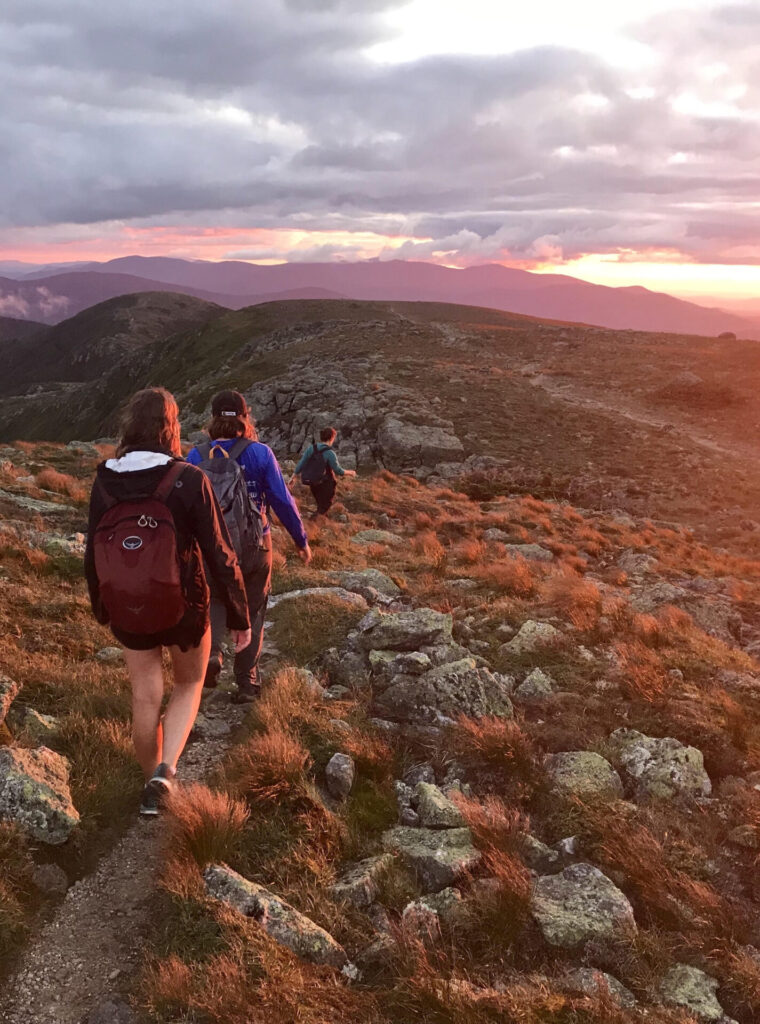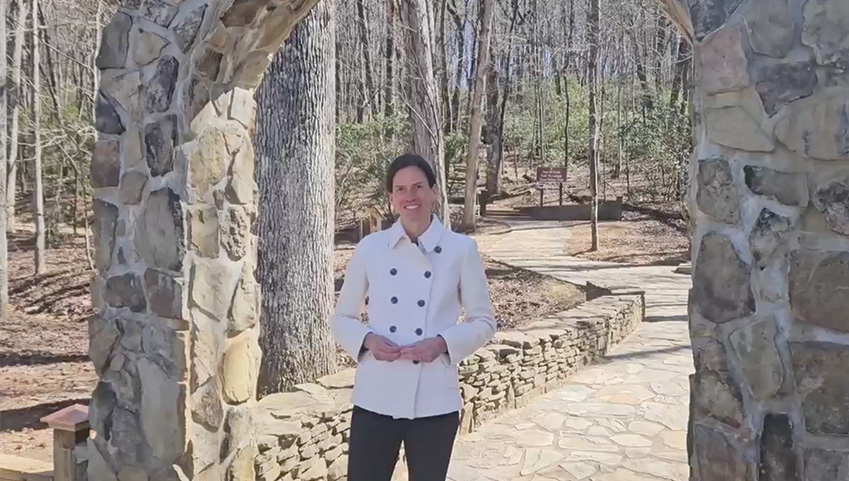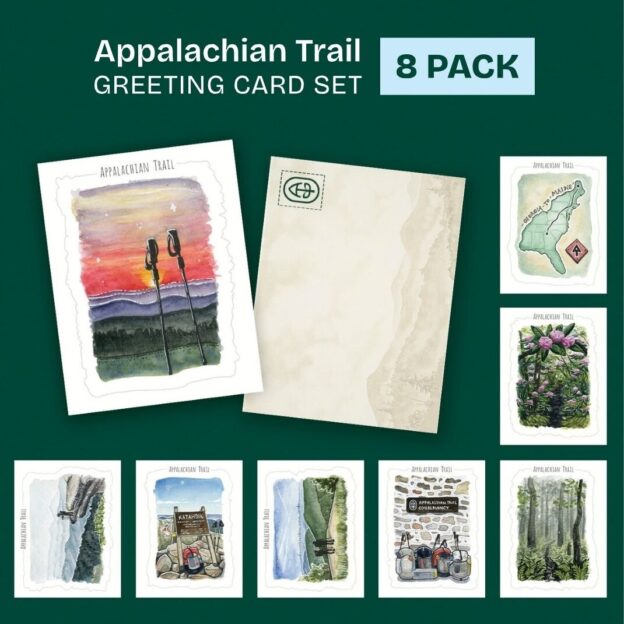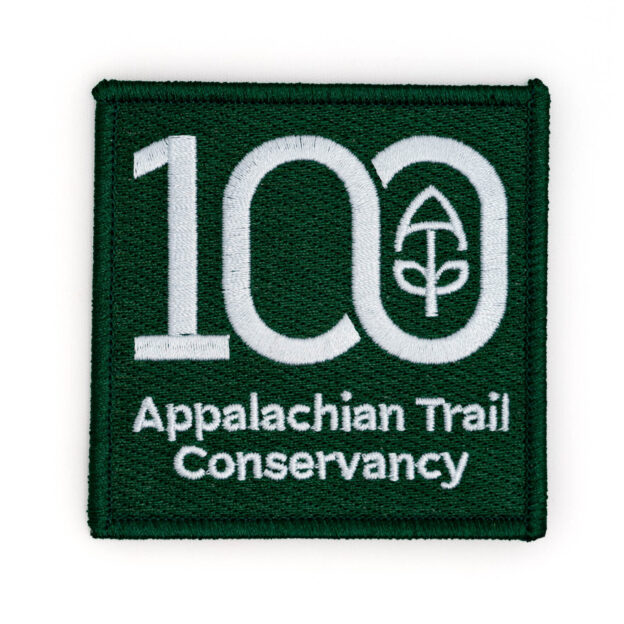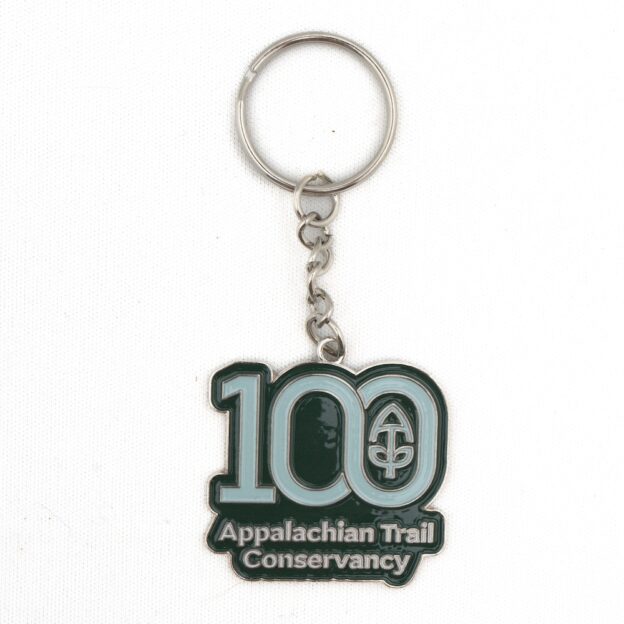The Appalachian Trail
Conservancy Centennial Campaign
Time Remaining
3 Years | 5 Months | 22 Days
Ensuring the Next 100 Years
The ATC Centennial Campaign will provide the necessary funding to enhance biodiversity, build resilient infrastructure, and expand access to this beloved national treasure. Read on to learn more about our high-impact initiatives.
Protect
Wild East Action Fund
The A.T. experience is preserved forever thanks to a conserved and connected landscape surrounding the footpath and its federally protected corridor.
National Resource Stewardship
A healthy, thriving, and resilient natural environment will continue to support and enrich all who live, work, and recreate in the Appalachian Trail landscape.
Experience
Ridgerunners
A healthy, thriving, and resilient natural environment will continue to support and enrich all who live, work, and recreate in the Appalachian Trail landscape.
Sustainable Overnight Sites
A network of sustainable overnight sites along the Appalachian Trail that preserve the essence of the A.T. experience while minimizing environmental impacts.
Belong
Youth Crew Development
The A.T. will forever be “the People’s Trail”—cherished, supported, and managed by successive generations of people from all sectors of American society.
Young Adult Engagement Programs
A community that is more diverse and representative of the U.S. population will care about the A.T. and contribute to its future.

Join the Call
Your support is crucial to protecting the Appalachian Trail. Together, we can ensure that the Appalachian Trail continues to inspire for the next 100 years and beyond.
Contact UsRelive the Journey
Join the Celebration
Celebrating the Trail
Shop Centennial
All proceeds from Centennial merchandise purchases go towards protecting the A.T.
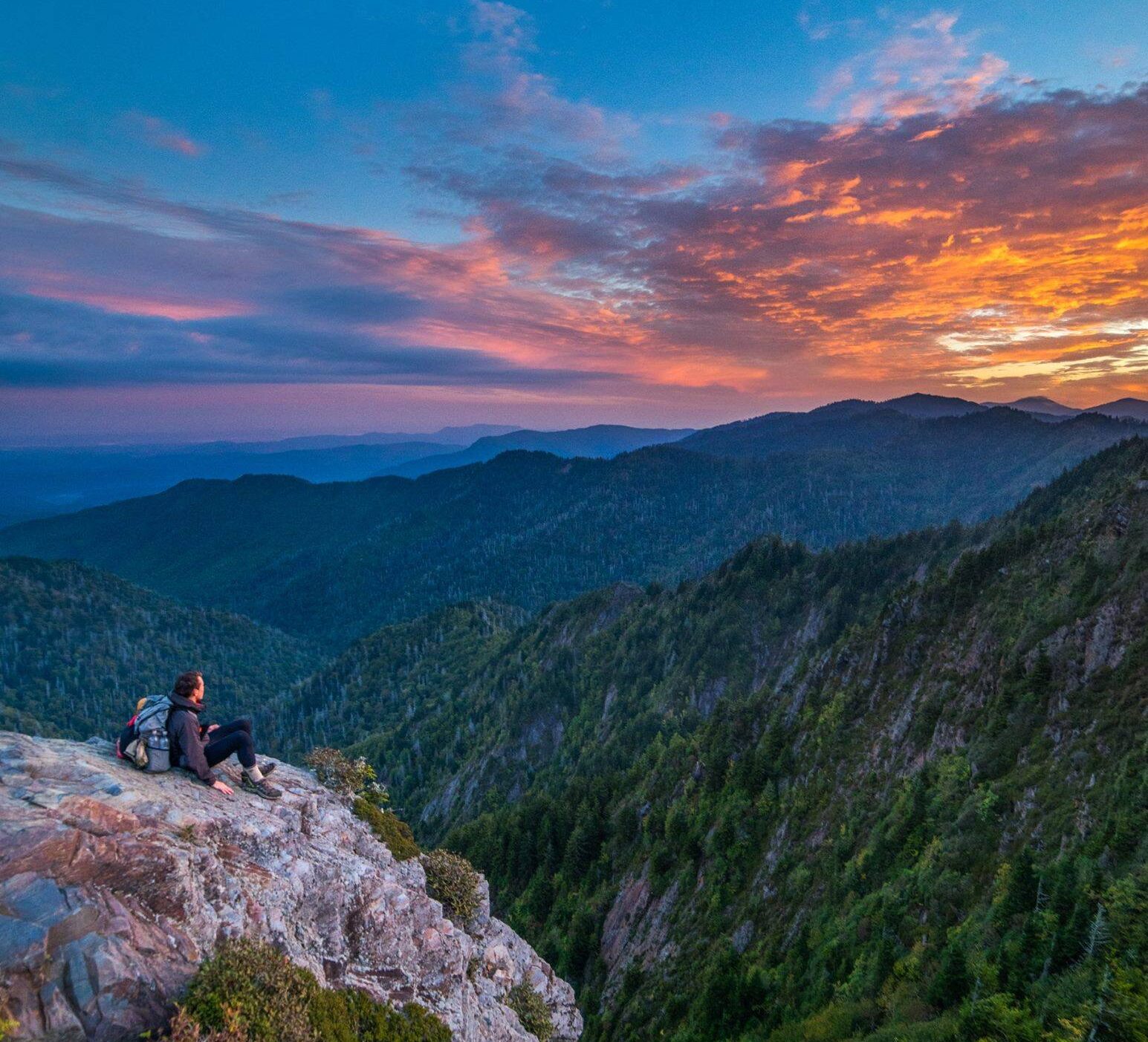
Keep the Trail Alive
The Appalachian Trail is more than just a path; it is a symbol of our commitment to conservation and a testament to the power of collective action. As we embark on our next century, we look forward to working with you to keep the Trail alive for generations to come.
Contact UsCorporate Partners & Foundations
The Appalachian Trail Conservancy is proud to have the support of companies ranging from industry leaders in outdoor recreation and other sectors to community-based and family-owned businesses along the A.T.

